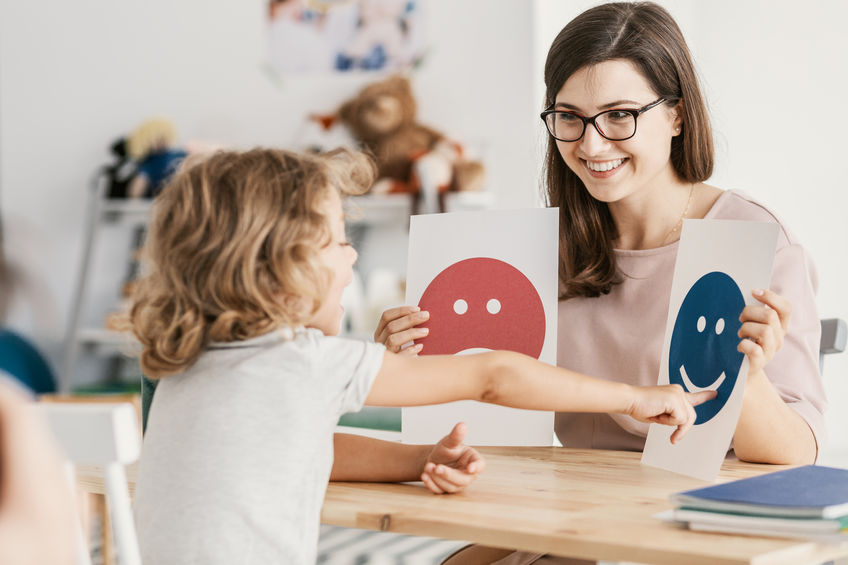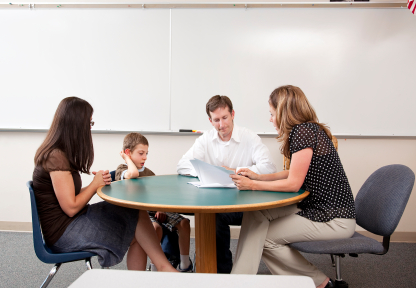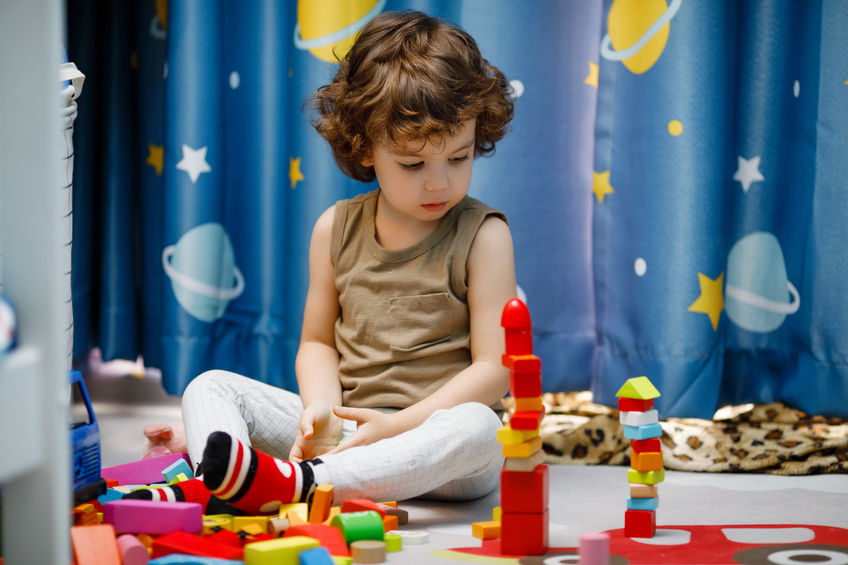Lesson Category: Teens
Positive Discipline for Peace at Home
Lesson Details

- Do you find yourself raising your voice more than you'd like?
- Are you unsure whether you're being too strict or too lenient?
Parenting doesn’t have to feel like a constant struggle. This class will introduce you to positive discipline strategies that encourage cooperation, strengthen your connection with your child, and promote a more peaceful home. You'll learn practical techniques to set clear expectations, model self-regulation, and create effective family rules and routines.
This class provides simple, research-backed tools to help you raise confident, cooperative, and emotionally secure children.
Course Lessons
- Do you find yourself raising your voice more than you’d like?
- Are you unsure whether you’re being too strict or too lenient?
Parenting doesn’t have to feel like a constant struggle. This class will introduce you to positive discipline strategies that encourage cooperation, strengthen your connection with your child, and promote a more peaceful home. You’ll learn practical techniques to set clear expectations, model self-regulation, and create effective family rules and routines.
This class provides simple, research-backed tools to help you raise confident, cooperative, and emotionally secure children.
Growth Thinking and Self-Worth
Lesson Details

The way adults—both parents and educators—talk about their own abilities and challenges sends powerful messages to the youth they influence. This session explores how fixed and growth mindsets impact self-esteem and motivation in children and students. By understanding the connection between adult self-talk, feedback language, and student behavior, educators can better guide parents and foster a supportive environment for learning and personal growth.
This class, originally created for parents, offers valuable insights for educators as well. It provides tools to support conversations with families about mindset and self-esteem, helping to create a community-wide approach to empowering students.
Course Lessons
The way adults—both parents and educators—talk about their own abilities and challenges sends powerful messages to the youth they influence. This session explores how fixed and growth mindsets impact self-esteem and motivation in children and students. By understanding the connection between adult self-talk, feedback language, and student behavior, educators can better guide parents and foster a supportive environment for learning and personal growth.
This class, originally created for parents, offers valuable insights for educators as well. It provides tools to support conversations with families about mindset and self-esteem, helping to create a community-wide approach to empowering students.
Executive Function, Emotions, and Self-Regulation
Lesson Details

Research has shown that once youth understand how their brain works and what they can do to optimize brain health, their social emotional health and motivation to learn increases. In this session, parents and educators can learn about the relationship between executive functions and emotional regulation, and how that affects academics in addition to stress and well-being.
Course Lessons
Research has shown that once youth understand how their brain works and what they can do to optimize brain health, their social emotional health and motivation to learn increases. In this session, parents and educators can learn about the relationship between executive functions and emotional regulation, and how that affects academics in addition to stress and well-being.
IEP and 504 Meetings: Prepare, Advocate and Find Support
Lesson Details

Navigating special education can feel overwhelming, but you are your child’s best advocate! This class will help you understand the IEP process and confidently collaborate with your child’s school to get them the support they need.
Course Lessons
Navigating special education can feel overwhelming, but you are your child’s best advocate! This class will help you understand the IEP process and confidently collaborate with your child’s school to get them the support they need.
My Child Is Struggling in School: How Can I Help?
Lesson Details

Is your child frustrated with schoolwork, falling behind, or losing confidence? Learning struggles can be stressful for the whole family. This session will help you identify what’s going on and work with teachers to get your child the support they need.
Course Lessons
Is your child frustrated with schoolwork, falling behind, or losing confidence? Learning struggles can be stressful for the whole family. This session will help you identify what’s going on and work with teachers to get your child the support they need.
Strengthen the Home-School Connection: Academic and Personal Goals
Lesson Details

Building a strong home-school connection is essential for student success, but effective communication between educators, parents, and school staff can be challenging. Teachers and administrators juggle multiple responsibilities, making it difficult to align academic and personal goals across all stakeholders. This session provides practical strategies to foster productive conversations, set shared expectations, and empower parents to support their children’s learning journey.
By strengthening these connections, educators can create a collaborative environment where students feel supported both at home and in the classroom.
Course Lessons
Building a strong home-school connection is essential for student success, but effective communication between educators, parents, and school staff can be challenging. Teachers and administrators juggle multiple responsibilities, making it difficult to align academic and personal goals across all stakeholders. This session provides practical strategies to foster productive conversations, set shared expectations, and empower parents to support their children’s learning journey.
By strengthening these connections, educators can create a collaborative environment where students feel supported both at home and in the classroom.
Conversations That Build Self-Esteem for your Child with Autism or ADHD
Lesson Details

We want our children to live healthy, happy lives with strong connections and a positive sense of self. Conversation is a pathway to developing and sustaining a healthy and trusting relationship with your child and for having a positive impact on how they see themselves.
Course Lessons
We want our children to live healthy, happy lives with strong connections and a positive sense of self. Conversation is a pathway to developing and sustaining a healthy and trusting relationship with your child and for having a positive impact on how they see themselves.
How to Help Your LGBTQ+ Child Thrive
Lesson Details

We hope our children will make healthy choices, form lasting, meaningful connections, and develop a strong, positive sense of self. In other words, we want them to thrive! LGBTQ+ youth face more risks to their well-being than their non-LGBTQ+ peers. Risks are even greater for people with low income and for people of color. The good news is that with the right information you can support your child through these obstacles.
Course Lessons
We hope our children will make healthy choices, form lasting, meaningful connections, and develop a strong, positive sense of self. In other words, we want them to thrive! LGBTQ+ youth face more risks to their well-being than their non-LGBTQ+ peers. Risks are even greater for people with low income and for people of color. The good news is that with the right information you can support your child through these obstacles.
26. LGBTQ+: What Do All Those Letters Mean?
Lesson Details

If your child has started using terms like pansexual, transgender, or nonbinary, you might feel unsure about what they mean or how to respond. Understanding the differences between sexual orientation and gender identity can help you support your child with confidence and care. This class provides a clear breakdown of LGBTQ+ terminology and practical ways to communicate with your child in a way that fosters trust and understanding.
After this class, you will be able to...
- Understand the difference between sexual orientation and gender identity.
- Identify common LGBTQ+ identities and what they may mean for your child.
- Respond to your child in a way that is supportive and affirming.
Course Lessons
If your child has started using terms like pansexual, transgender, or nonbinary, you might feel unsure about what they mean or how to respond. Understanding the differences between sexual orientation and gender identity can help you support your child with confidence and care. This class provides a clear breakdown of LGBTQ+ terminology and practical ways to communicate with your child in a way that fosters trust and understanding.
After this class, you will be able to…
- Understand the difference between sexual orientation and gender identity.
- Identify common LGBTQ+ identities and what they may mean for your child.
- Respond to your child in a way that is supportive and affirming.
Sexual Orientation & Gender Identity: Understand and Support Your Kids
Lesson Details

Does the idea of talking with your child about sexual orientation feel difficult or even a little scary?
Are you confused about the changing ways that many in our society see these issues?
Worried about knowing how to support your child?
The issues of sexual orientation can be daunting for both kids and parents. Your child will look to you for guidance about how to feel and act. This class will help you prepare for an open, ongoing dialogue with your child or teen that is candid, authentic and supportive. Participants in this class will be able to:
- Recognize key issues and biases related to sexual orientation for your child and for yourself
- Apply listening and talking strategies that help your child feel safe enough to express their true thoughts and feelings
- Apply approaches that will support your child’s positive thoughts and feelings about themself
Course Lessons
Does the idea of talking with your child about sexual orientation feel difficult or even a little scary?
Are you confused about the changing ways that many in our society see these issues?
Worried about knowing how to support your child?
The issues of sexual orientation can be daunting for both kids and parents. Your child will look to you for guidance about how to feel and act. This class will help you prepare for an open, ongoing dialogue with your child or teen that is candid, authentic and supportive. Participants in this class will be able to:
- Recognize key issues and biases related to sexual orientation for your child and for yourself
- Apply listening and talking strategies that help your child feel safe enough to express their true thoughts and feelings
- Apply approaches that will support your child’s positive thoughts and feelings about themself
